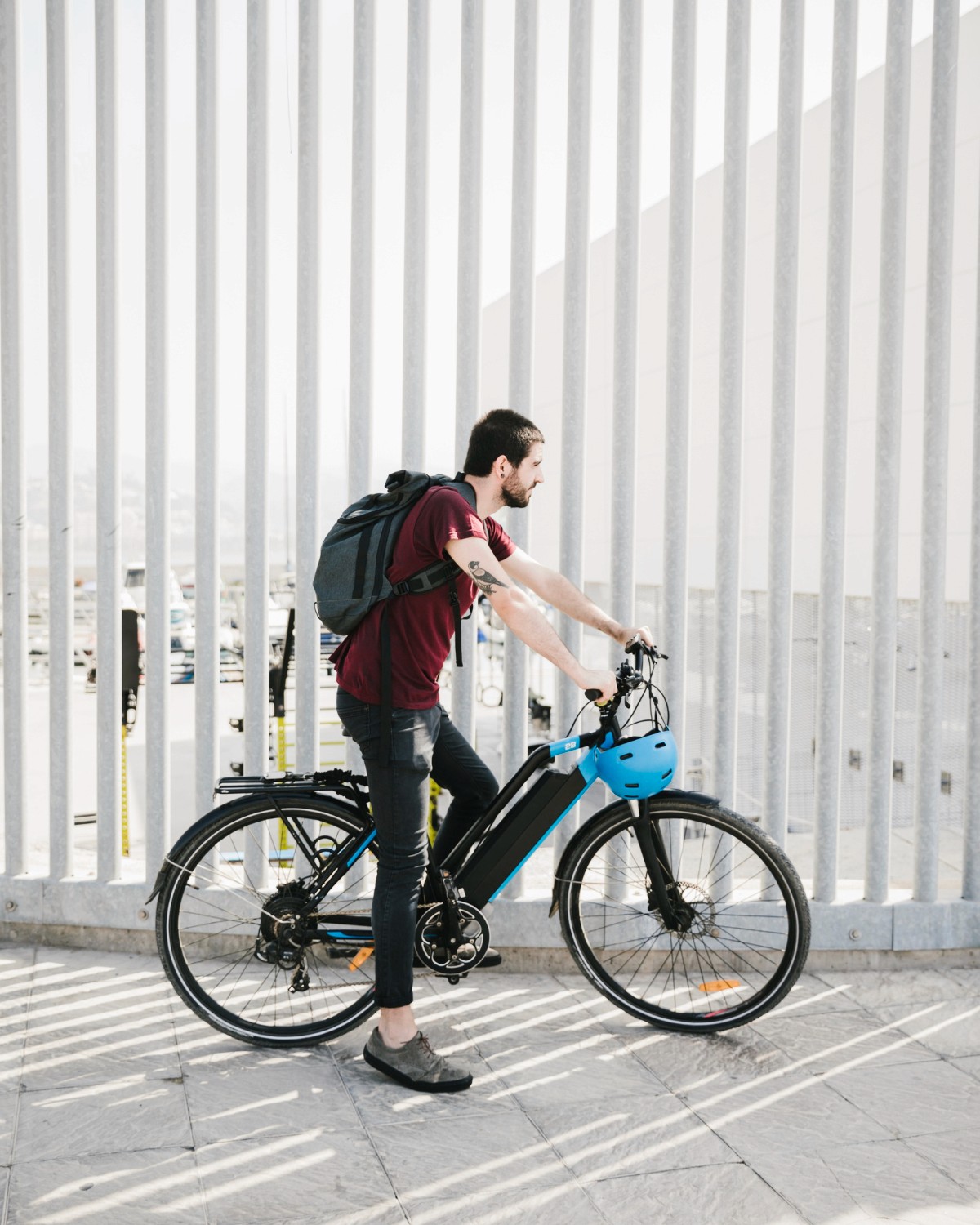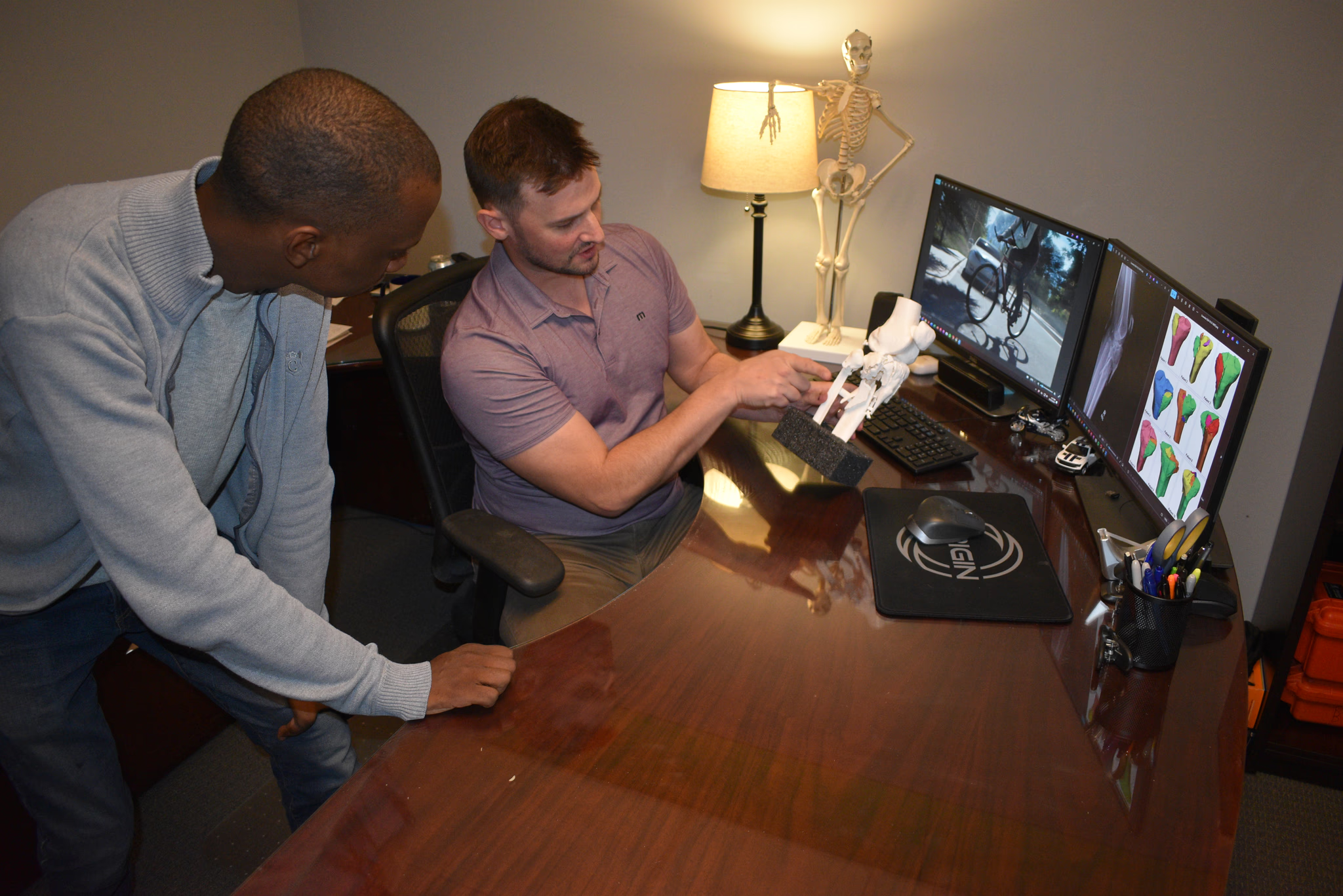
Electric Bikes (E-Bikes): Understanding Classes and Regulations
Electric Bikes (E-Bikes): Understanding Classes and Regulations
Peyton Nielsen
Peyton Nielsen



Introduction to E-Bikes
An Electric bike (“E-bike”), sometimes referred to as a pedelec, is a bicycle equipped with an electric motor that may be activated to assist with or replace pedaling. E-bikes give users the opportunity to sustain greater speeds with less effort. They are often used by commuters, mountain bikers, or people with limited physical ability.
The electric motors on E-bikes are activated in two ways. The first is pedal assist, which means the motor is activated only when the rider is pedaling. When the rider stops pedaling, the motor ceases to assist the propulsion of the bike. The second activation method is some type of throttle. Sometimes this is a twist throttle similar to a motorcycle throttle, it can also be a trigger or just a button. The throttle can be used to propel the bicycle regardless of whether the rider is pedaling or not. Some E-bikes are equipped with both pedal assist and throttle activation, while some E-bikes just have one of the two options.
Understanding E-Bike Classes
In most states, e-bikes are categorized into one of three classes. These classes are defined by the motor activation method and the maximum assist speed.
Class 1 defines an e-bike that uses pedal assist only to activate the motor and does not allow motor assistance after 20 MPH. This means that once the bike reaches a speed of 20 MPH, the rider can continue to accelerate by pedaling, but the motor will no longer assist in powering the bike. When the bicycle speed is below 20 MPH, the motor will begin to assist again.
Class 2 is similar to class 1 in that it will only assist up to 20 MPH, but class 2 allows the use of a throttle to activate the electric motor. A class 2 e-bike may have pedal assist activation, but it will always have a throttle activation. Class 3 e-bikes will allow throttle assist activation up to 20 MPH and pedal assist activation up to 28MPH.
Class 3 e-bike does not always need to have a throttle equipped, but if it does, the activation limit for the throttle assist is 20 MPH. A class 3 e-bike will always be equipped with pedal assist activation that is limited to 28 MPH. Again, the bike itself is not limited to 28 MPH—the rider may continue to use their own power to pedal the bike, or coast, past 28 MPH.
Regulations and Riding Zones
The laws regarding E-bikes and their classes vary between states, however, most follow a similar guide. Commonly, Class 1 E-bikes are allowed anywhere a normal bicycle is allowed. Class 2 E-bikes may be more regulated depending on the state because of their throttle assist. Class 3 E-bikes are more highly regulated and are often treated as mopeds rather than bicycles. Additionally, some states require E-bike riders to be licensed and at least 16 years old.
Introduction to E-Bikes
An Electric bike (“E-bike”), sometimes referred to as a pedelec, is a bicycle equipped with an electric motor that may be activated to assist with or replace pedaling. E-bikes give users the opportunity to sustain greater speeds with less effort. They are often used by commuters, mountain bikers, or people with limited physical ability.
The electric motors on E-bikes are activated in two ways. The first is pedal assist, which means the motor is activated only when the rider is pedaling. When the rider stops pedaling, the motor ceases to assist the propulsion of the bike. The second activation method is some type of throttle. Sometimes this is a twist throttle similar to a motorcycle throttle, it can also be a trigger or just a button. The throttle can be used to propel the bicycle regardless of whether the rider is pedaling or not. Some E-bikes are equipped with both pedal assist and throttle activation, while some E-bikes just have one of the two options.
Understanding E-Bike Classes
In most states, e-bikes are categorized into one of three classes. These classes are defined by the motor activation method and the maximum assist speed.
Class 1 defines an e-bike that uses pedal assist only to activate the motor and does not allow motor assistance after 20 MPH. This means that once the bike reaches a speed of 20 MPH, the rider can continue to accelerate by pedaling, but the motor will no longer assist in powering the bike. When the bicycle speed is below 20 MPH, the motor will begin to assist again.
Class 2 is similar to class 1 in that it will only assist up to 20 MPH, but class 2 allows the use of a throttle to activate the electric motor. A class 2 e-bike may have pedal assist activation, but it will always have a throttle activation. Class 3 e-bikes will allow throttle assist activation up to 20 MPH and pedal assist activation up to 28MPH.
Class 3 e-bike does not always need to have a throttle equipped, but if it does, the activation limit for the throttle assist is 20 MPH. A class 3 e-bike will always be equipped with pedal assist activation that is limited to 28 MPH. Again, the bike itself is not limited to 28 MPH—the rider may continue to use their own power to pedal the bike, or coast, past 28 MPH.
Regulations and Riding Zones
The laws regarding E-bikes and their classes vary between states, however, most follow a similar guide. Commonly, Class 1 E-bikes are allowed anywhere a normal bicycle is allowed. Class 2 E-bikes may be more regulated depending on the state because of their throttle assist. Class 3 E-bikes are more highly regulated and are often treated as mopeds rather than bicycles. Additionally, some states require E-bike riders to be licensed and at least 16 years old.

LET’S WORK TOGETHER
We’re looking forward to hearing how we can help.
Call our office at 720-458-9190 or click below.
TELL US ABOUT YOUR CASE


LET’S WORK TOGETHER
We’re looking forward to hearing how we can help.
Call our office at 720-458-9190 or click below.
TELL US ABOUT YOUR CASE


LET’S WORK TOGETHER
We’re looking forward to hearing how we can help.
Call our office at 720-458-9190 or click below.
TELL US ABOUT YOUR CASE
COMPASS
CONSULTING
ENGINEERS
EXPERTS IN FORENSIC ENGINEERING
& ACCIDENT RECONSTRUCTION
Compass Consulting Engineers, P.C.
10875 Dover St., # 900 Westminster, CO 80021
COMPASS
CONSULTING
ENGINEERS
EXPERTS IN FORENSIC ENGINEERING
& ACCIDENT RECONSTRUCTION
Compass Consulting Engineers, P.C.
10875 Dover St., # 900 Westminster, CO 80021
COMPASS
CONSULTING
ENGINEERS
EXPERTS IN FORENSIC ENGINEERING
& ACCIDENT RECONSTRUCTION
Compass Consulting Engineers, P.C.
10875 Dover St., # 900 Westminster, CO 80021